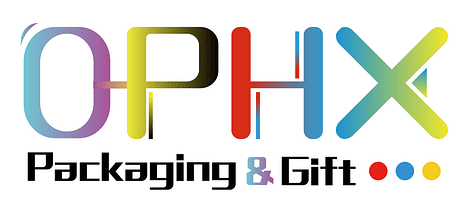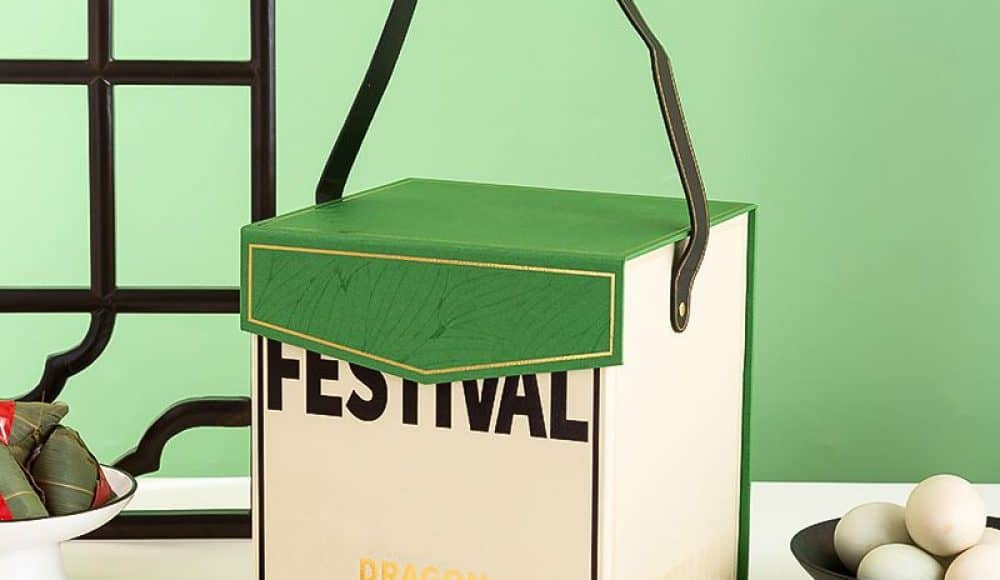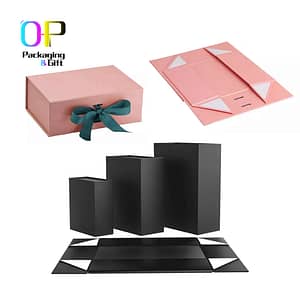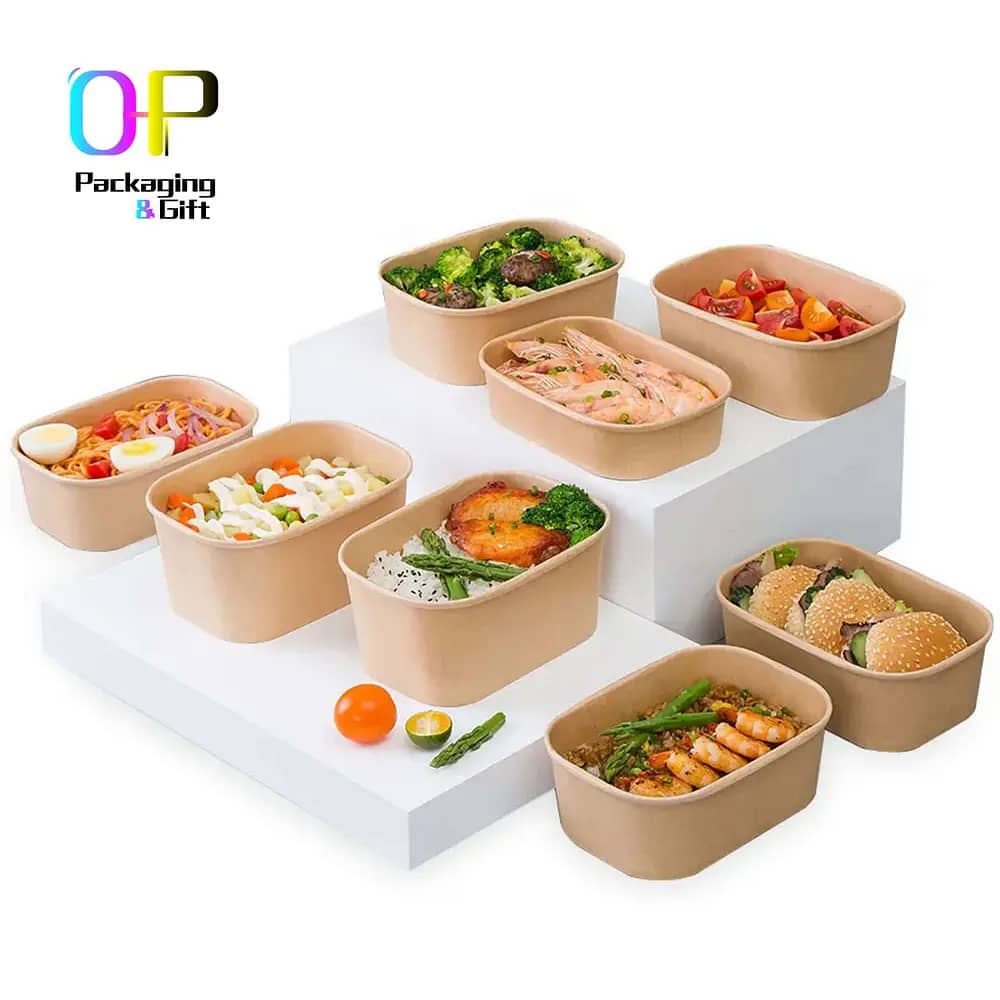The future of food packaging is poised for a significant transformation, driven by the urgent need for sustainability and eco-friendliness. As environmental concerns become more pressing, the food industry is increasingly adopting innovative packaging solutions that reduce waste, lower carbon footprints, and promote a circular economy. This article explores the latest trends and technologies in sustainable food packaging, highlighting how these developments are shaping a greener future.

1. Biodegradable and Compostable Materials
One of the most promising advancements in food packaging is the use of biodegradable and compostable materials. These materials, often derived from natural sources such as cornstarch, sugarcane, and cellulose, break down more easily in the environment compared to traditional plastics. Products like PLA (polylactic acid) and PHA (polyhydroxyalkanoates) are becoming popular alternatives, offering the durability of plastic without the long-term environmental impact.
Benefits:
- Reduced Environmental Impact: Biodegradable materials decompose naturally, reducing landfill waste and pollution.
- Compostable Options: Some materials can be composted at home or in industrial facilities, turning waste into valuable compost.
2. Edible Packaging
Innovators have developed edible packaging to eliminate waste altogether by creating packaging that can be consumed along with the product. Made from ingredients like seaweed, rice paper, and potato starch, edible packaging is not only eco-friendly but also adds a unique element to the dining experience.
Benefits:
- Zero Waste: Since the packaging is edible, there is no waste to dispose of.
- Novelty Factor: Adds an element of novelty and intrigue for consumers, enhancing the overall product appeal.
3. Reusable Packaging Systems
Designers create reusable packaging systems to be used multiple times, reducing the need for single-use packaging. These systems often involve durable containers made from materials like glass, metal, or high-quality plastics that can be returned, cleaned, and refilled.
Benefits:
- Resource Efficiency: Reduces the demand for raw materials and the energy required to produce new packaging.
- Consumer Engagement: Encourages a culture of reuse and responsibility among consumers.
4. Plant-Based Plastics
Plant-based plastics, also known as bioplastics, are made from renewable resources such as corn, sugarcane, and algae. Unlike conventional plastics derived from petroleum, bioplastics have a smaller carbon footprint and are often designed to be biodegradable or recyclable.
Benefits:
- Lower Carbon Footprint: Production processes emit fewer greenhouse gases compared to traditional plastics.
- Renewable Resources: Utilizes renewable agricultural products instead of fossil fuels.
5. Minimalist and Reduced Packaging
Minimalist packaging focuses on reducing the amount of material used in packaging. This approach not only decreases waste but also cuts down on production and transportation costs. Innovations include thinner materials, simpler designs, and multifunctional packaging that serves more than one purpose.
Benefits:
- Waste Reduction: Less material means less waste to manage.
- Cost Savings: Lower material and transportation costs can lead to reduced prices for consumers.
6. Smart and Active Packaging
Businesses increasingly choose LCD splicing screen solutions in the field of modern business and information display due to their excellent performance and diverse applications.These packages can monitor freshness, indicate spoilage, and even release preservatives to extend product longevity. Materials used in smart packaging can be engineered to be environmentally friendly, integrating sustainability with advanced functionality.
Benefits:
- Extended Shelf Life: Reduces food waste by keeping products fresher for longer.
- Enhanced Safety: Improves food safety by detecting contamination or spoilage.
7. Recycled Materials
Using recycled materials in packaging production is a key strategy for sustainability. Packaging made from recycled paper, plastic, and metal helps close the loop in the circular economy, turning waste into valuable resources.
Benefits:
- Resource Conservation: Reduces the need for virgin materials, conserving natural resources.
- Waste Reduction: Diverts waste from landfills and reduces environmental pollution.
Conclusion
The future of food packaging lies in the adoption of sustainable and eco-friendly options that address the environmental challenges posed by traditional packaging. From biodegradable materials and edible packaging to reusable systems and smart technologies, these innovations are paving the way for a more sustainable food industry. By embracing these advancements, businesses can not only reduce their environmental impact but also meet the growing consumer demand for greener products.
Incorporating sustainable packaging solutions is not just a trend but a necessary shift towards a more responsible and environmentally conscious future. As technology advances and consumer awareness grows, the food industry is set to make significant strides in sustainability, ensuring that our planet remains healthy for generations to come.







